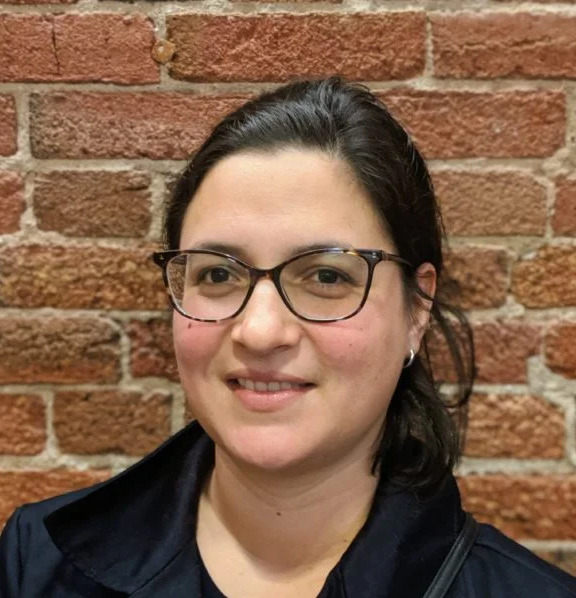The Georgetown University Center for Global Health Science and Security, the Global Health Institute and the School of Health’s department of health management and policy hosted a Nov. 20 seminar about leveraging online obituaries to address existing gaps in public health data.
The seminar featured Maria Alva, a professor in the department of health management and policy and affiliate at Georgetown’s McCourt School of Public Policy Massive Data Institute, who spoke about her recent paper, “Death, Inequality, and the Pandemic in the Nation’s Capital.” In the study, Alva evaluated the potential of online obituaries to accurately report mortality data and address disease surveillance gaps in Washington, D.C.
Alva said she first became motivated to use public obituary data to track public health trends at the beginning of the COVID pandemic in March 2020, when the Centers for Disease Control (CDC) had released limited information about the number of COVID-19 cases and deaths.
“I was very frustrated like everyone else by the lack of data, especially in the beginning. We had a lack of testing data,” Alva said at the event. “It was impossible to know what was going on.”
In response to shortcomings in the CDC’s data reporting practices, Alva assembled a team of statisticians and global health professionals to investigate an untapped trove of mortality data: online obituaries.
Alva said that instead of relying on CDC data, she wanted to create a way to collect public health data from an open source, such as publicly available obituaries.
“At the time, there was a lot of harsh criticism towards the CDC. In a way, fueling people like me to say ‘Well, can we do something different or that the CDC is not doing?’” Alva said at the event.

According to Alva, online obituaries can make timelier contributions to the vast array of publicly available data on mortality and health trends because official mortality data undergoes a much slower fact-checking process.
“The CDC historically reports mortality data with a two-year lag. The infrastructure is more designed for accuracy than surveillance,” Alva said.
Alva said her approach also has the advantage of providing more data than official death reports, which often only provide the dates of birth and death, sex and race. Alva said that because online obituaries provide detailed accounts about the deceased’s life, family and sometimes, cause of death, researchers can gain deeper insights into public health crises.
“I was really excited about the wealth of information that you can get, which is way richer than the statistics in the death certificate that just give sex, race, the dates, and that’s it,” Alva said. “There is potential to learn more about the true demographic fabric of people.”
John Kraemer, an associate professor in the department of health management and policy who helped organize the event, said that Alva’s talk spoke to the Global Health Institute’s goal of promoting dialogue and collaboration between Georgetown researchers.
“Georgetown has a fantastic community of scholars who study public health emergencies,” Kraemer told the Hoya. “We come from every school at the university, so we often don’t work with one another on a day-to-day basis.”
In her study, Alva and her team used Legacy.com, a website that posts D.C.-area obituaries published in The New York Times and The Washington Post, as well as obituaries and death notices collected from 243 local funeral homes. Using a series of computer algorithms, they sorted the data by sex, dates of birth and death, race, marital status and cause of death. The team then compared their data with official mortality data published by the D.C. Department of Health to see if the obituary data was accurate.
According to Alva, matching over 90,000 data entries from online obituary data to official records was time-consuming and challenging.
“I was expecting a better match, and I didn’t expect it to be so arduous to parse information from an open source,” Alva said. “This was way more challenging than anticipated.”
In the future, Alva and her team hope to use this method to more quickly identify and alert public health agencies about any unusual trends in mortality data, beyond COVID-19.
“There will be other epidemics or other important diseases that don’t get monitored as much,” Alva said. “I’m thinking of tuberculosis first and foremost, but also others like the opioid epidemic.”














